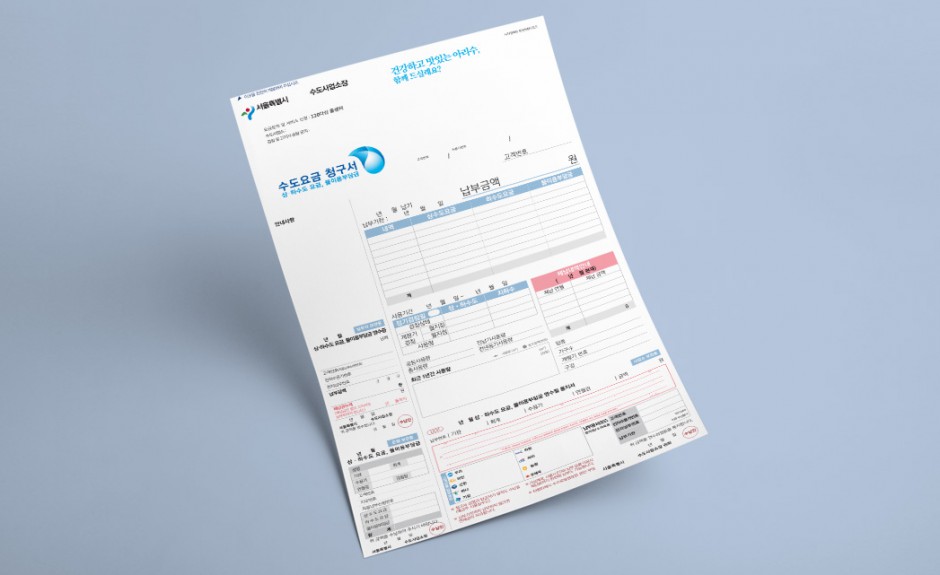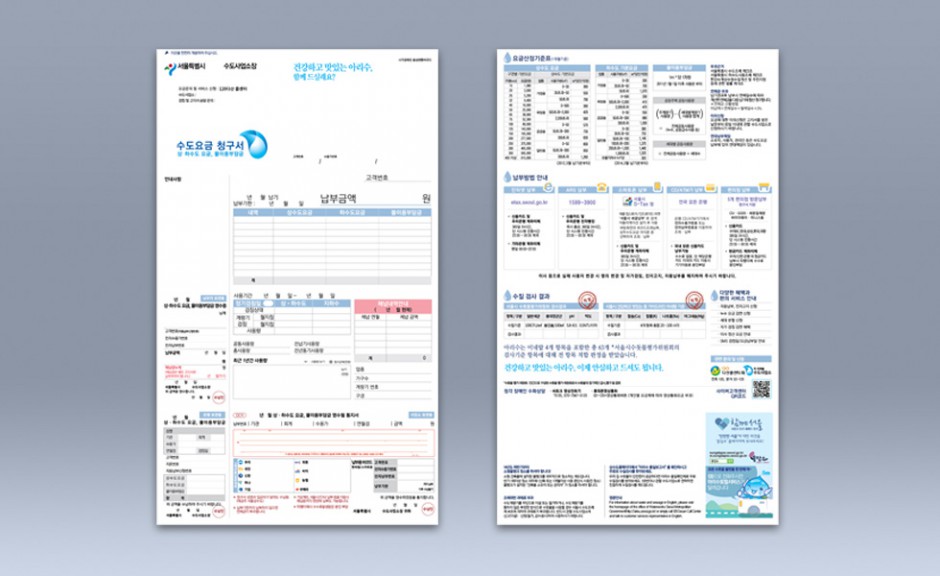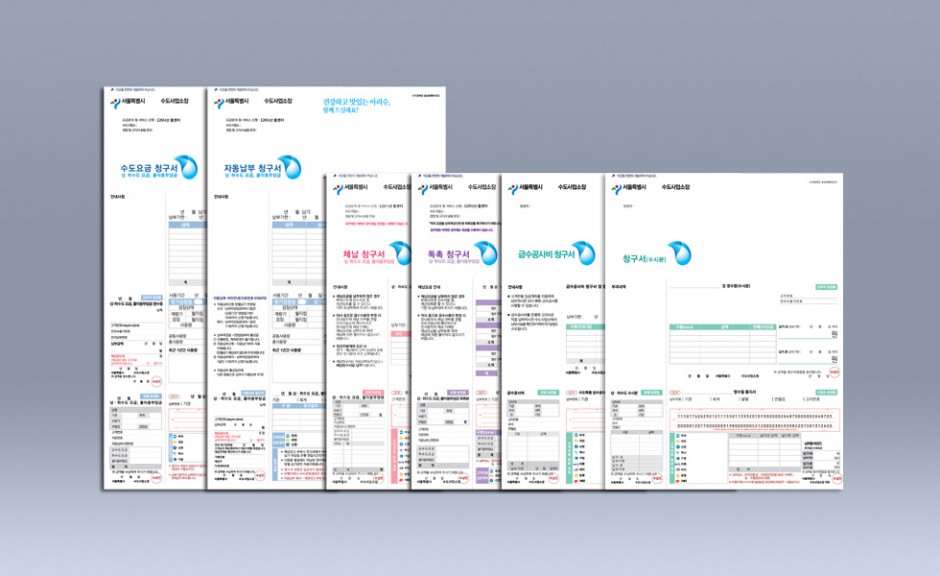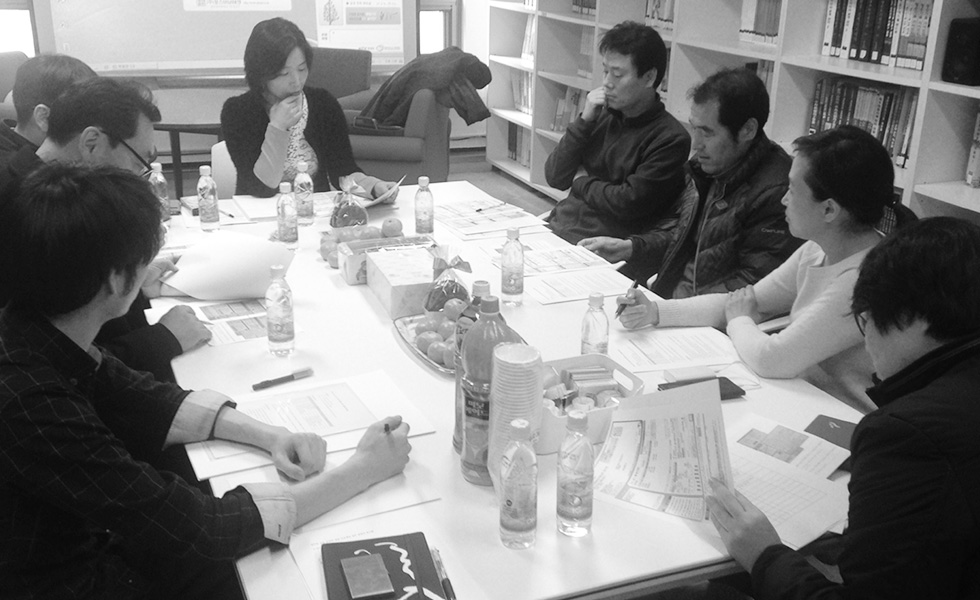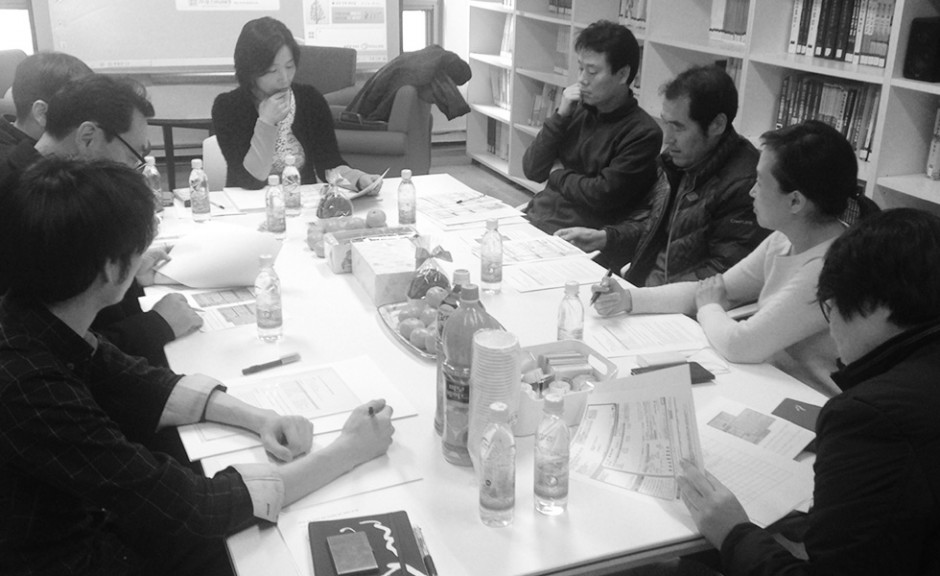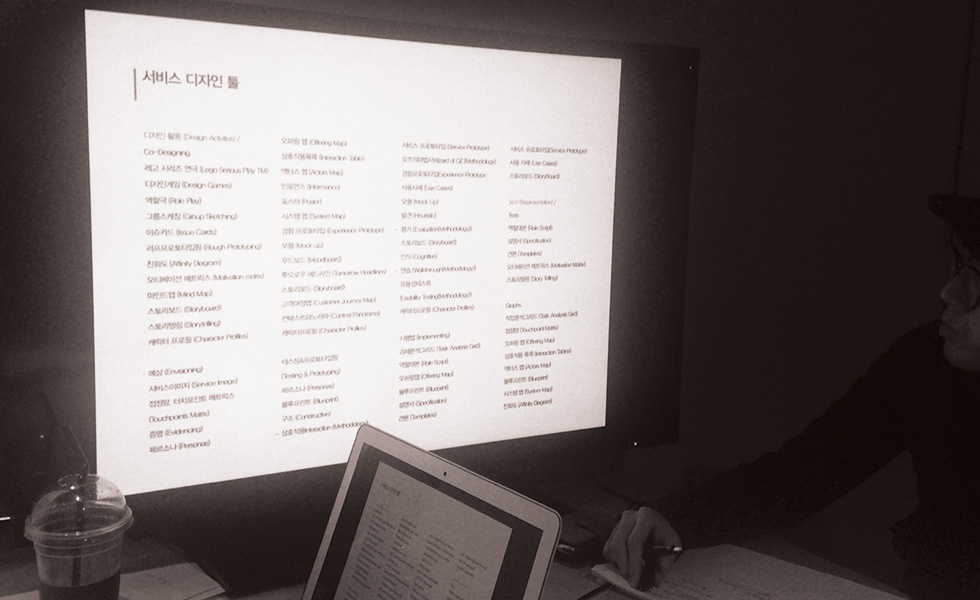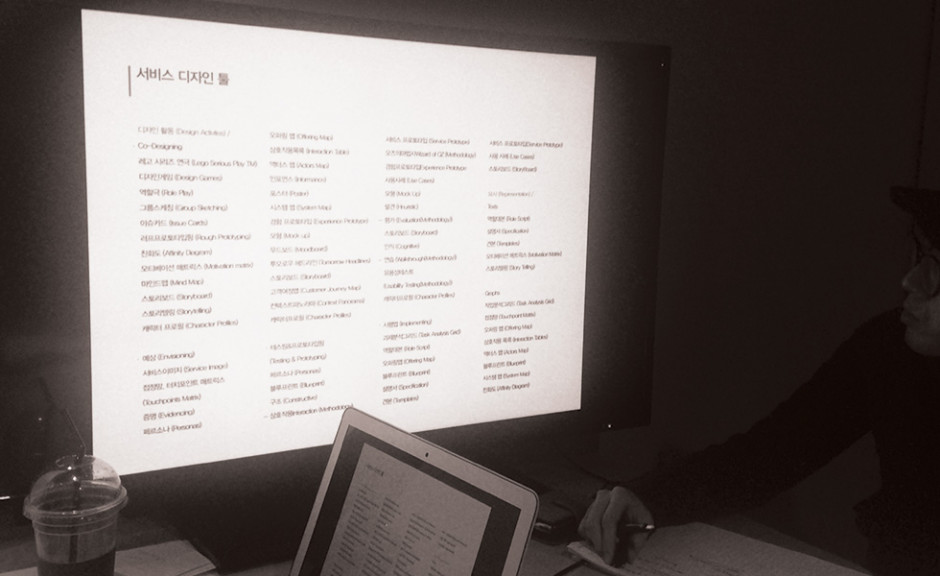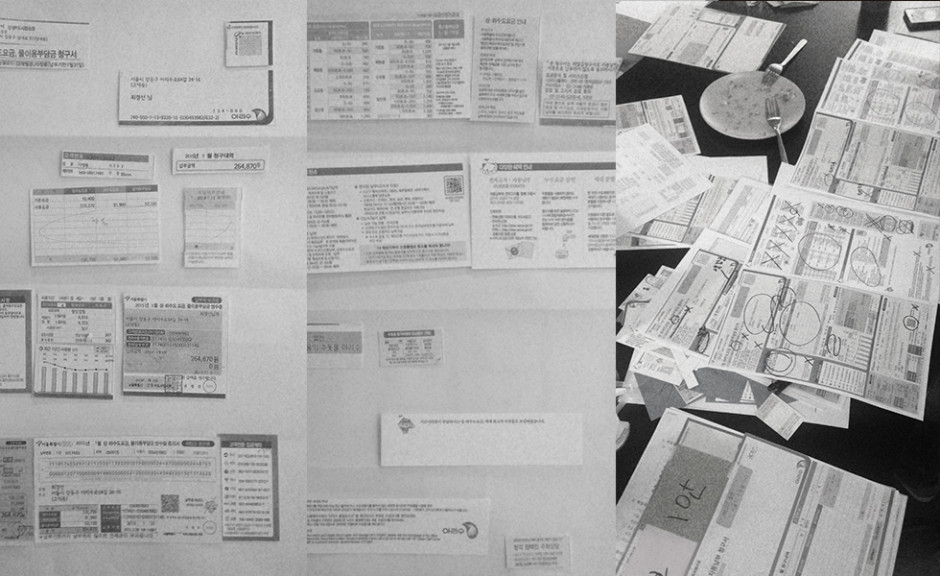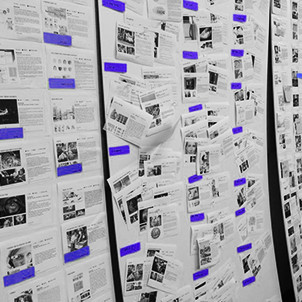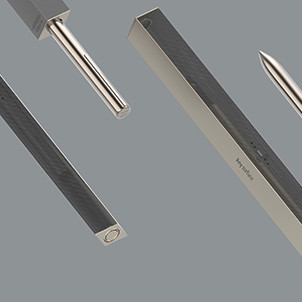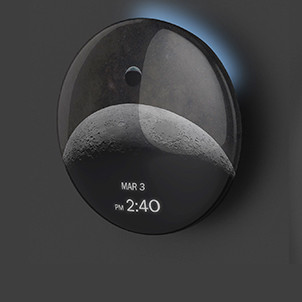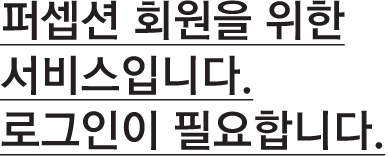Background & Key Issues
The Seoul Waterworks Authority of the Seoul Metropolitan Government sends out six different bills related to water and sewage services: OCR bills, automatic payment bills, delinquent bills, demand notices, occasional bills, and water supply construction bills. On average, over a million bills are sent throughout the city every month. However, despite their volume and importance, there has been no efficient way of categorizing information, with minimized redundancy, for the receiver. Thus, the Seoul Waterworks Authority decided to redesign the billing system with the user in mind. This not only included accurately delivering information related to water usage, but also effectively promoting major policies and benefits.
Approach & Solution
The design change shifts the main target
audience of the bill from the suppliers to the bill receiver. In order to
understand the current status of the water billing system and make an
appropriate prognosis, the bills were organized per the information they contain
as well as the frequency of that information. We conducted user surveys to
create a hierarchy of key information for the receiving individual. Using this
information, the contents of each bill was organized via sections and
categories to create a logical flow.
After the rearrangement of information, each of the six bills were visually redesigned so as to easily distinguish them from one another. Lastly, usability was verified through a user survey, post redesign.
Main Task
Arranging the information within the bills according to their priority
Outlining the flow of billing information through a categorization of information
Securing unity between the bills, as well as uniqueness for each bill
Process & Methodology
Discover > Define > Develop > Deliver
Ethnographic Research
Stakeholders Maps
Interview
Benchmark
Factor Analysis
Ideation Workshop
Customer Journey Map
Prototyping
Mock up
Checklist
Final Deliverables
Designs of 6 water bills
Implications
Strengthening the readability and understanding of the water bills will not only increase the efficiency of information delivery, but will also become a starting point for sending consistently designed bills to city residents.
